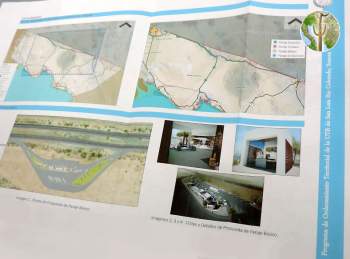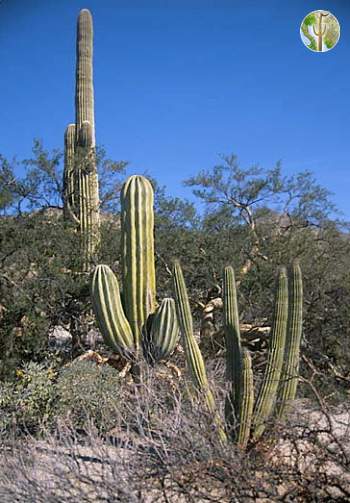Marine subsidies produce cactus forests on desert islands
In island systems, nitrogen-rich seabird guano is a marine subsidy that can shape terrestrial plant communities. In zones of nutrient upwelling such as the Gulf of California, copious seabird guano is commonplace on bird islands. Several bird islands host regionally unique cactus forests, especially of the large columnar cactus, cardón (Pachycereus pringlei). We show that a chain of interactions across the land-sea interface yields an allochthonous input of nitrogen in the form of seabird guano, fueling the production of some of the densest cactus populations in the world.




